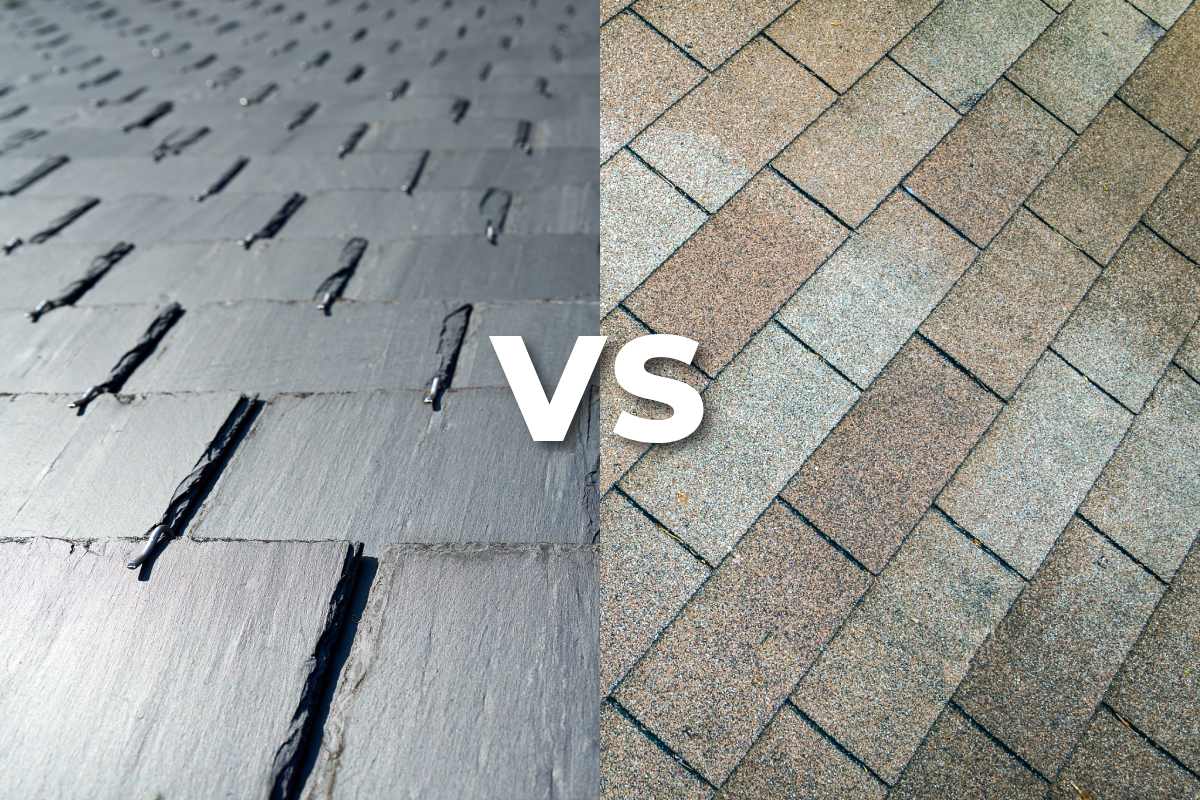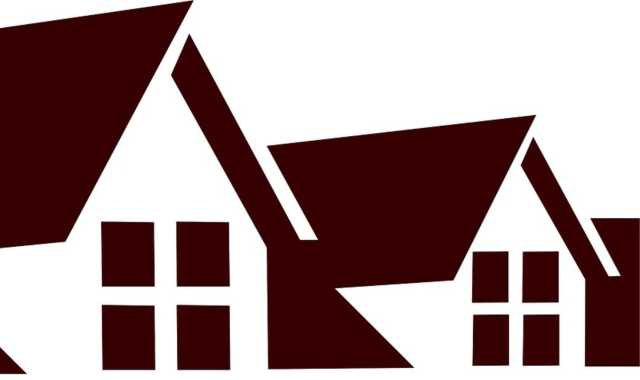
Slate roofing and shingle roofing have different materials and methods used to construct them. Slate roofs are made using natural stone, and shingle roofs are made with synthetic materials like asphalt. Slate roofing is also called clay or shale tile, while shingle roofing is commonly called composition or asphalt tile. Below, we’ll take a look at how these two roofing materials stack up when it comes to cost, appearance, durability, and more.
1. Cost
Slate roofing is more expensive than shingle roofing because the material is more challenging to work with and thicker, making it harder to transport. Shingles are more affordable but can only be used in low-sloped applications.
2. Appearance
Asphalt roofs have a rough texture that looks like granite stone, and natural slate is much smoother. Slate tends to be lighter in appearance than most shingles, but shingles can come in a variety of shades and colors depending on the manufacturer. Slate roofs are more flat and smooth when viewed from the street, while shingles can create a variety of rhythmic patterns that can give a roof subtle character.
3. Installation
Composition and asphalt shingles can be more easily installed than slate roofing. Stone is heavy and more expensive, while shingles are lightweight and affordable. Slate roofs are not easy to install because the material’s weight must be moved into place.
4. Durability
Slate roofs can be more durable than shingles roofs because they are thicker and heavier. The material doesn’t wear out quickly, which helps its durability. Although the stone is textured, it still has a smooth appearance when installed and gives the roof a rich look. Slate roofing is hard to maintain because of its natural surface, which is subject to weather damage over time. Asphalt shingles can last for three or four decades with adequate insulation. Slate roofs can only be installed on metal or wood that has yet to be treated with any finish; this can lead to chipping and peeling.
5. Fire Protection
Shingle roofs are not durable or flame resistant; they cannot withstand high heat. The insulating material used in shingles also makes them susceptible to melting when exposed to intense heat. If wood is used as an outer layer, it can burn very quickly during fires. Slate roofs are less susceptible to heat because they have stone on the surface, which is fire-resistant.
6. Temperature Control
Shingle roofs can be installed on low-slopped roofs and in areas where temperatures are less than 100 degrees. They can also be installed directly over metal or wood. Slate roofs can be installed on any roof slope but cannot be used in areas with temperatures less than -10 degrees F. It is also more expensive than shingle roofs because its natural surface requires more maintenance.
Which Should You Choose?
When choosing a roofing material, it is vital to consider cost, durability, and the look you want for your roof. It is a good idea to consult a professional about what types of roofs will work with your home and how much it will cost to install each type of material. Although slate roofs are more expensive than shingles, they are durable and come in classic looks that are hard to find with other types of materials. They also have fewer potential problems over time because of the nature of their surface.
from: https://mydividedsky.com/how-does-slate-roofing-stack-up-against-shingle-roofing/


No comments:
Post a Comment